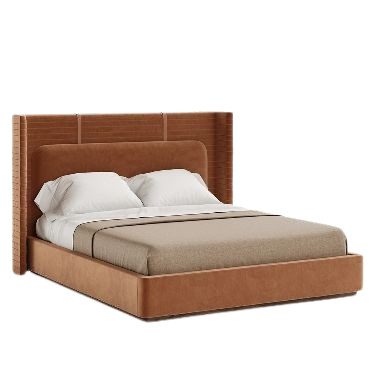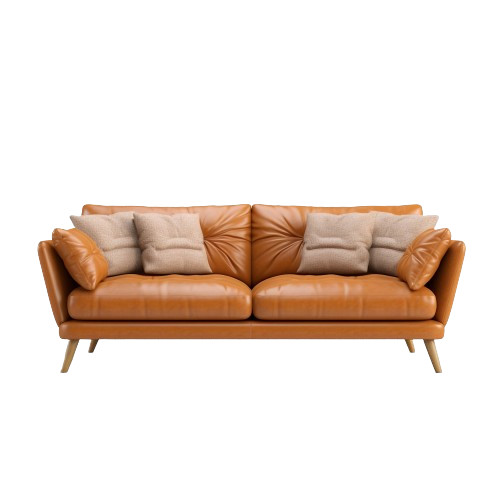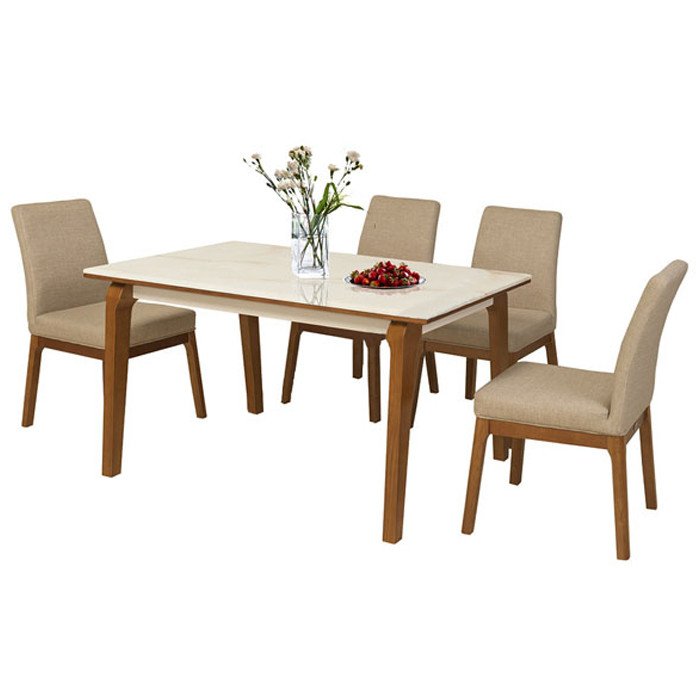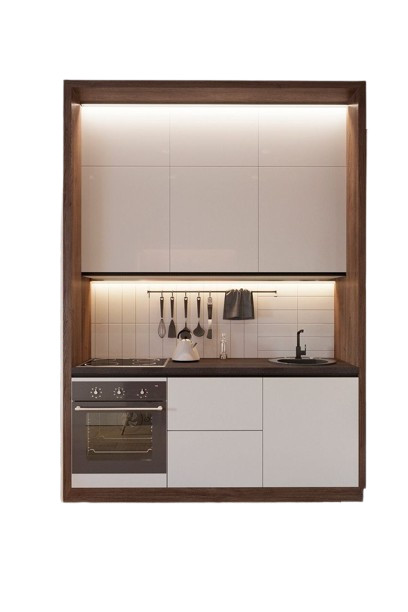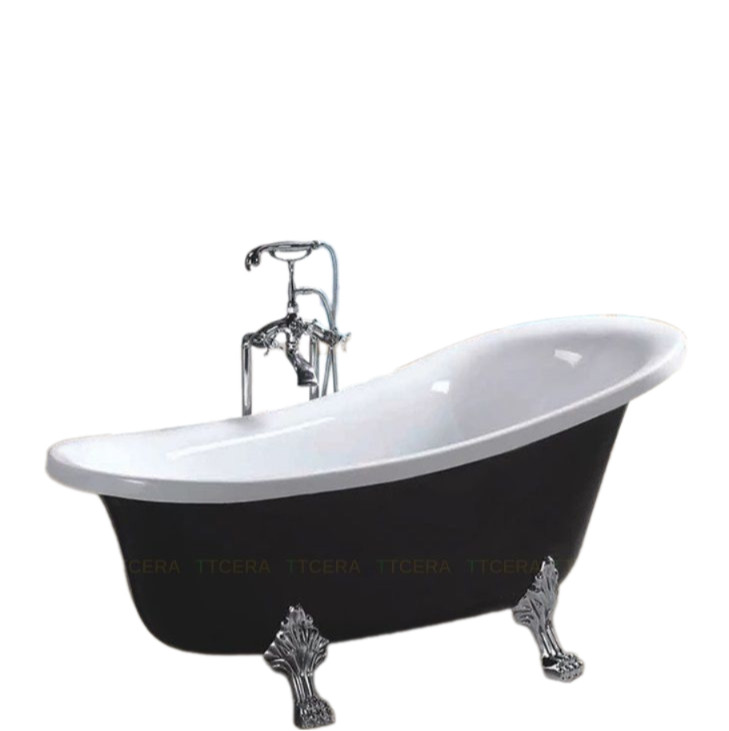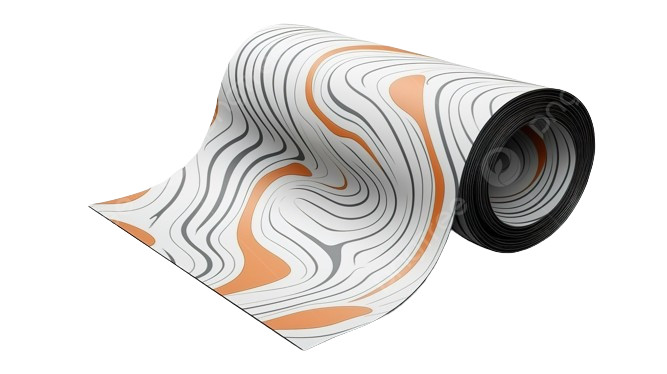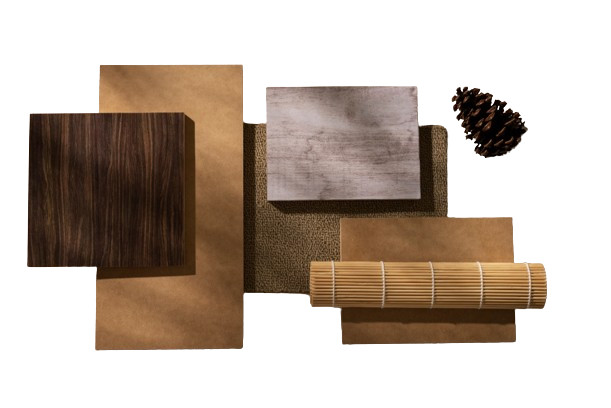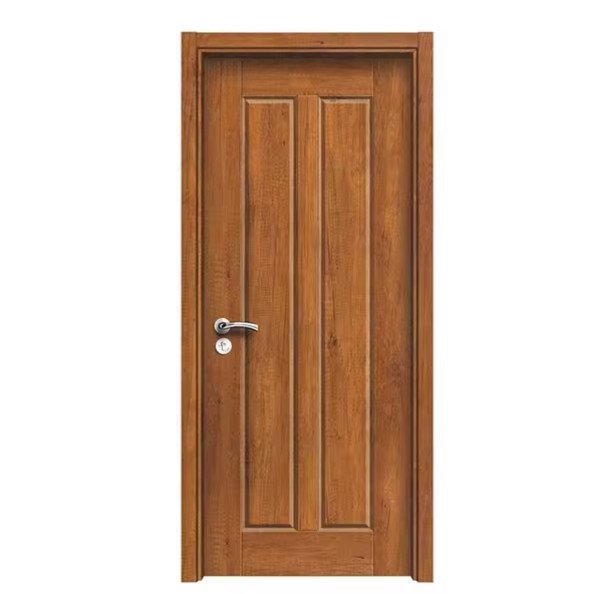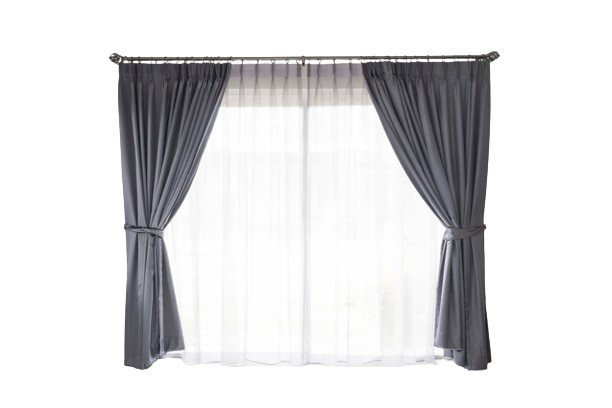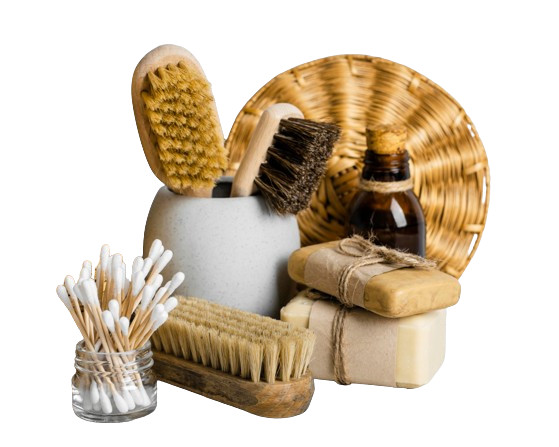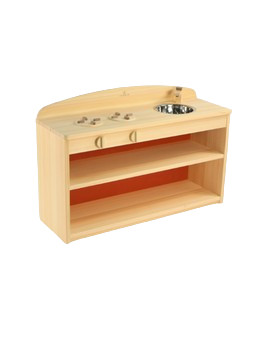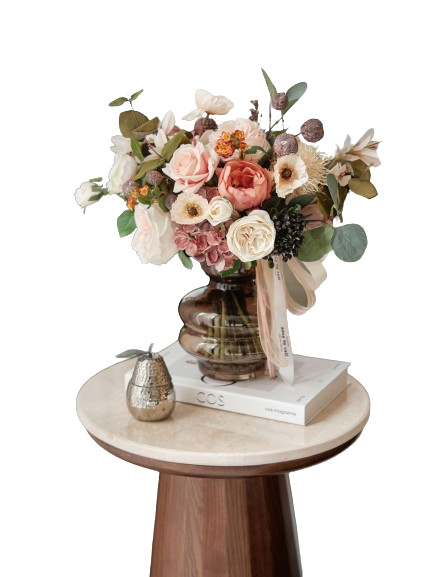PRIMER - SHOULD I OMIT IT?
To cut money, many people who paint houses frequently omit the primer step. mostly because I don't believe applying primer is necessary. Do paint makers overestimate the need for this kind of indoor primer because, in the absence of it, painting walls proceed normally? Or do the primer's maker and seller wish to increase their profit margin? Should I substitute white paint for primer? Use a premium topcoat to take off the primer? Should the primer be skipped while painting the older home?
1. What is primer?

Before top coating, primer is a specifically formulated paint used as a primer. Primer has various applications:
- To help the paint cover the right color and vivid paint, the primer has the function of covering up the gray hue of the wall.
- The coating's endurance is increased by primer, which sticks to the painted surface like a strong double-sided adhesive tape and provides a substrate for the coating to adhere to.
- The primer has an anti-alkali and anti-mold effect on cement and lime.

Mold loves moist settings with lots of water. Mold will grow on painted surfaces in an atmosphere with high humidity if they are not protected. The waterproofing capabilities of the wall are rather weak, especially given the state of the building in our nation. The majority of the units either have very high humidity levels or minimal seepage. And these are the perfect circumstances for mold to grow. Therefore, if you apply primer, 90% of the time you won't have to worry about your paint turning moldy.
2. Do you paint interior or exterior walls using a primer first?
The majority of primers are made for particular indoor and outdoor uses. By obscuring stains that are uneven, it also improves the paint surface. This interior primer strengthens adhesion, prevents sagging, and safeguards fresh paint. fend against mold and fungal organisms. They are beneficial for bathrooms, kitchens, and other moist areas where moldy moisture on the walls is restricted, lowering the possibility of an inadequate paint job. Make sure to smooth out the top coat and choose a gloss that will generate the most sheen.

It can be said that due to its significant functions: The use of primer is practically a need in the traditional paint product range. Contractors frequently go through several steps to ensure the quality of the surface, beginning with 2-3 applications of primer and finishing with 2-3 layers of paint.
3. Notes for using primer when painting the house's walls
When priming a wall, keep the following in mind to have a good, high-quality wall primer:
- Pick a top-notch primer

Even if it's a quick process, you should put your best effort into it. With this primer, you can effectively waterproof and moisture-proof the top paint layer. If you decide to purchase a low-quality one, it will ruin the exterior paint layer, make your property appear damp and moldy, and cause unattractive damage that will cost more money to fix in the future.
- Select the appropriate primer for the topcoat

Primers can be used with almost all topcoats, however, some coatings call for a separate primer. When choosing primer and topcoat, you should speak with the staff and pay attention to their recommendations. It is recommended to purchase both paints at once so that you can easily examine and assess their compatibility.
- Pick a primer that is bacterial, mold, and algae resistant

Our nation experiences a tropical monsoon climate, which is hot, muggy, and rainy for much of the year. Therefore, germs, mold, and algae can easily grow on wall surfaces, particularly the exterior wall, which is exposed to the elements. You should outfit them with a layer of armor by selecting a wall primer that is resistant to the agents mentioned above to make the outer wall layer strong and appealing.
- Select the appropriate paint roller


Using paint rollers to apply the primer coat is too time-consuming because it is typically constructed shoddily. However, to obtain a high-quality and long-lasting primer, you should select the proper roller. The roller hairs should not be overly long to cover the paint evenly and improve the paint's adhesion to the surface.
- Avoid painting over priming with white paint

White paint is frequently incorrectly used in place of a primer. White paint won't assist you in effectively maintaining your coating because it doesn't have the same effects as priming, such as alkali resistance, waterproofing, etc. If you wish to apply a new top coat, you should merely omit the priming and use white paint instead.

We hope that the information on primer and the advice about using primer on house walls will be helpful to individuals who plan to paint their walls. Spending money on primer while painting the walls will pay off in the long run, so don't skimp on this crucial step. For more useful advice on paints and paint-related materials, read the following Adorn Museum articles.
ADORN MUSEUM
Location: O-1, TM.01, 1st Floor, Orchid 1 Tower, Hado Centrosa Garden No.200 3/2 Street, Ward 12, District 10, Ho Chi Minh City, Viet Nam.
Hotline: (+84) 28 3930 3428
E-mail: support@adornmuseum.com
Operation time:
8:30 - 17:30, Monday - Friday & 8:30 - 12:00, Saturday

